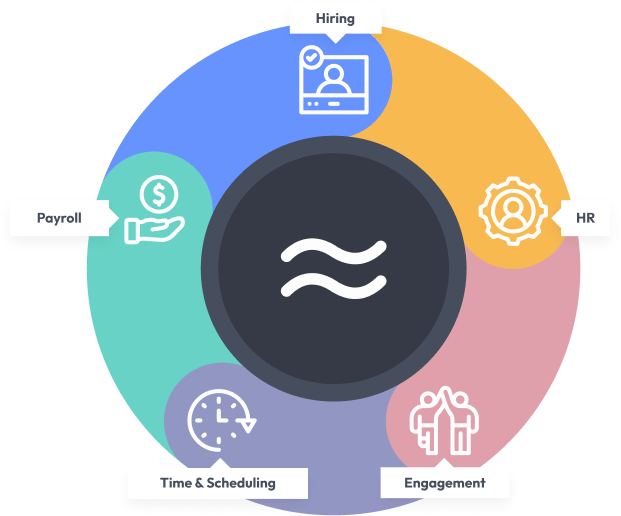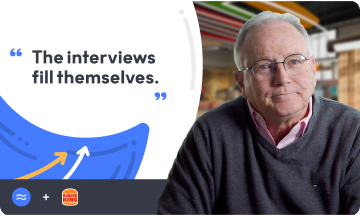How to Hire Tool and Die Makers: A Practical Guide for Small Businesses
If you run a manufacturing business, you know that finding the right people to keep your machines humming is like trying to find a needle in a haystack—especially when it comes to hire tool and die makers. These metalworking professionals are the backbone of your operation, turning blueprints into the molds, dies, and fixtures that make everything else possible. But how do you actually recruit mold and die technicians in a market where skilled trades are in short supply and everyone’s fighting for the same talent?
Why Tool and Die Makers Matter (And Why They're Hard to Find)
Let’s be real: tool and die makers are a rare breed. They combine technical know-how, hands-on skill, and a touch of artistry. The staffing industry statistics show that skilled trades are among the hardest roles to fill in the U.S. economy. And with many experienced workers retiring, the pipeline for new talent is, well, a bit leaky.
So, what makes these roles so critical? Tool and die makers:
- Design and build the tools that shape metal parts for everything from car doors to kitchen appliances
- Maintain and repair dies, molds, and fixtures to keep production running smoothly
- Work with tight tolerances—sometimes within thousandths of an inch
Honestly, if you ask me, hiring precision metalworkers is as much about mindset as it is about skill. You're not just looking for someone who can run a machine—you want someone who can solve problems on the fly and think three steps ahead.
Step-by-Step: How to Hire Tool and Die Makers
1. Write a Job Description That Attracts the Right Talent
First things first, your job post needs to speak the language of metalworking professionals. Highlight the specific machines and software you use, the types of parts you make, and the level of precision required. Need inspiration? Check out these job posting examples for hourly workers. And don’t forget to call out benefits—according to DoorDash’s report on benefits and retention, perks can make a huge difference in attracting skilled tradespeople.
2. Source Candidates Where They Actually Are
Let’s face it, not every tool and die maker is hanging out on LinkedIn. Consider posting on trade-specific job boards and reaching out to local technical colleges. Digital recruiting is more than just posting and praying; Monster’s digital recruiting guide offers smart strategies to widen your net. And don’t overlook referrals—sometimes your best hires come from your own team.
3. Screen for Skills and Cultural Fit
Technical skills are a must, but attitude and adaptability matter just as much. Use pre-employment assessments to gauge technical ability—eSkill’s assessment platform is a great example. For the interview, try these motivational interviewing techniques to really get a sense of how candidates think on their feet.
4. Make Your Offer Stand Out
Compensation is key, but so is flexibility and growth. The Fortune report on hourly worker satisfaction suggests that offering training, clear paths to advancement, and even things like instant pay access can tip the scales in your favor. If you’re curious about how instant pay works, here’s a quick guide on the topic.
Common Pitfalls (and How to Dodge Them)
Don’t Underestimate the Cost of Turnover
Losing a skilled tool and die maker can cost you big—not just in recruiting fees, but in lost productivity and overtime for the rest of your crew. Notch’s breakdown of turnover costs puts the average loss per front-line employee at nearly $6,000. That’s a chunk of change for any business, let alone a small shop.
Don’t Ignore Training and Onboarding
Even seasoned pros need time to learn your systems. Streamlining onboarding with digital tools—like these onboarding templates—can help new hires hit the ground running. And remember, a solid onboarding experience reduces turnover and boosts morale. For more on this, see Forbes’ advice on onboarding.
Don’t Forget Compliance and Recordkeeping
It’s not glamorous, but keeping accurate records is a must for wage and hour compliance. The Department of Labor’s recordkeeping guidelines are a good reference. Automated HR platforms, like Workstream, can save you time and headaches by keeping everything organized and up to date.
Practical Tips for Recruiting Mold and Die Technicians
- Partner with local trade schools—Many students are eager for hands-on experience. Offer internships or apprenticeships to build your own pipeline.
- Highlight career development—Show candidates how they can grow with your company. According to SHRM’s retention strategies, career development is a top reason employees stay.
- Use technology to streamline hiring—Platforms like Workstream’s hiring automation can cut your time-to-hire in half and help you manage applicants more efficiently.
- Offer competitive pay and benefits—Check out how other companies pay their hourly workers to make sure you’re in the ballpark.
- Foster a positive workplace culture—Job satisfaction is closely tied to retention, as shown in this study on job satisfaction and turnover.
How Workstream Can Help You Hire Precision Metalworkers
Now, I know what you’re thinking: “This all sounds great, but who has time to juggle job boards, interviews, and onboarding paperwork?” That’s where Workstream comes in. With a mobile-first approach, Workstream automates everything from job postings and applicant tracking to digital onboarding and payroll. That means fewer headaches, less manual data entry, and more time to focus on what really matters—running your business and building a team you can trust.
Some of the ways Workstream can help:
- Automated screening and interview scheduling
- Mobile-friendly onboarding that gets new hires up to speed fast
- Integrated payroll designed for hourly workers
- Compliance tools that help you avoid costly mistakes
And here’s a little bonus: businesses using Workstream have reported cutting their turnover rates in half and saving thousands on labor costs each year. Not too shabby, right?
Conclusion: Building a Stronger Team, One Hire at a Time
Hiring tool and die makers isn’t just about plugging a gap on the shop floor. It’s about investing in the long-term health of your business. By focusing on clear job descriptions, smart sourcing, thorough screening, and a great onboarding experience, you’ll set yourself up for success—and maybe even sleep a little easier at night.
If you want to learn more about how technology can make hiring easier, or you’re just curious about how other businesses are tackling these challenges, check out these resources:
- 10 Must-Know Statistics to Inform Your HR Strategy
- Tips for Highlighting Benefits in Job Descriptions
- Traits of Committed Employees
- Guide to Being an HRIS Analyst
- About Workstream
Ready to build a better team? Don’t wait—start your search for top tool and die makers today, and let the right tools (and people) do the heavy lifting.






